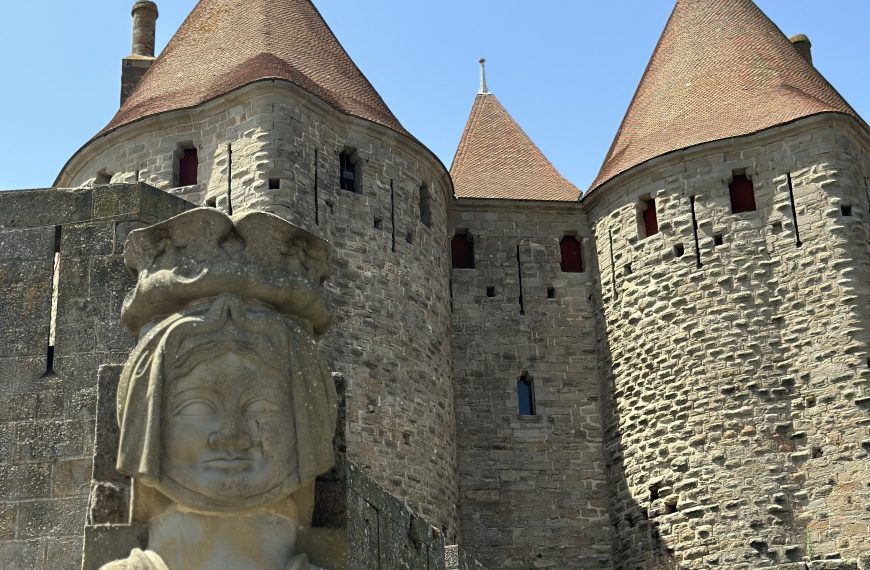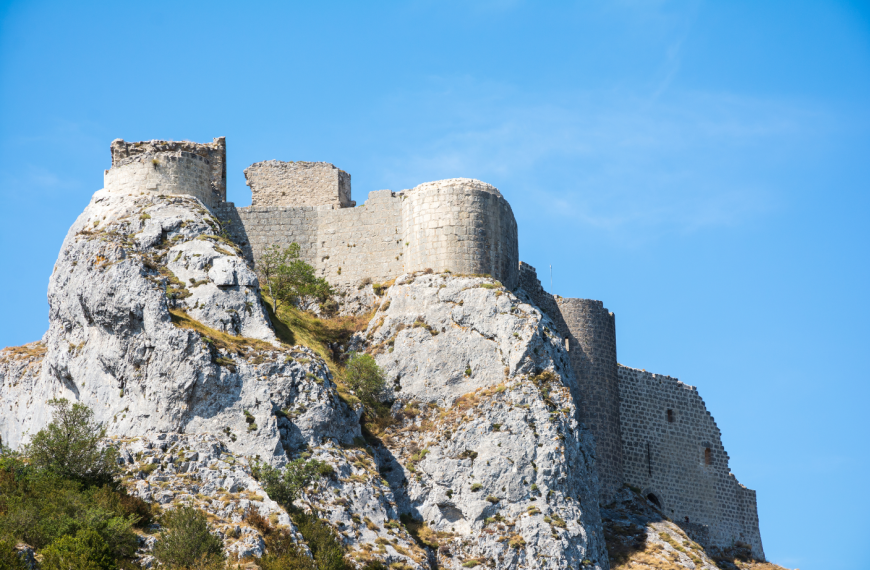Montségur
Montségur Castle is a historically significant and iconic fortress located in the Ariège department in the southern region of France. It sits atop a rocky outcrop known as a “pog,” at an altitude of approximately 1,200 meters (3,900 feet), offering breathtaking views of the surrounding Pyrenees mountains.
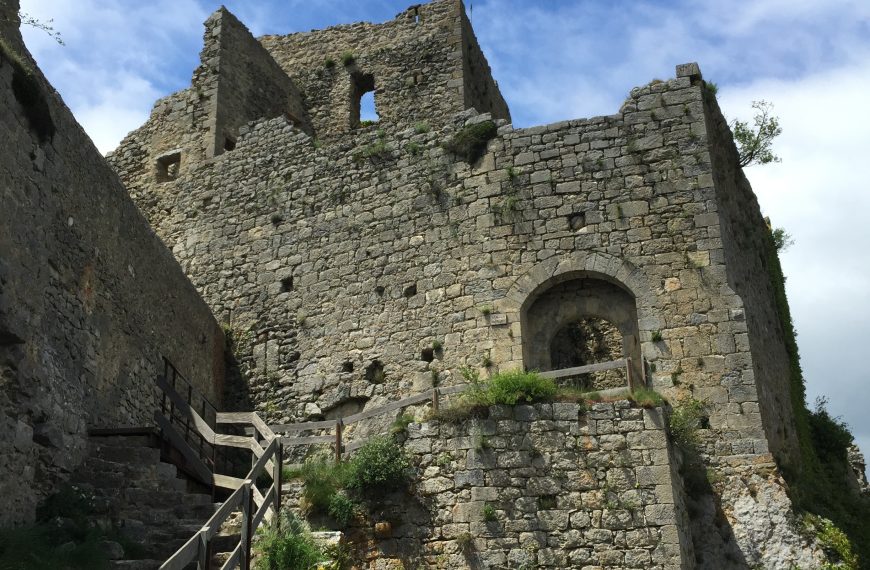
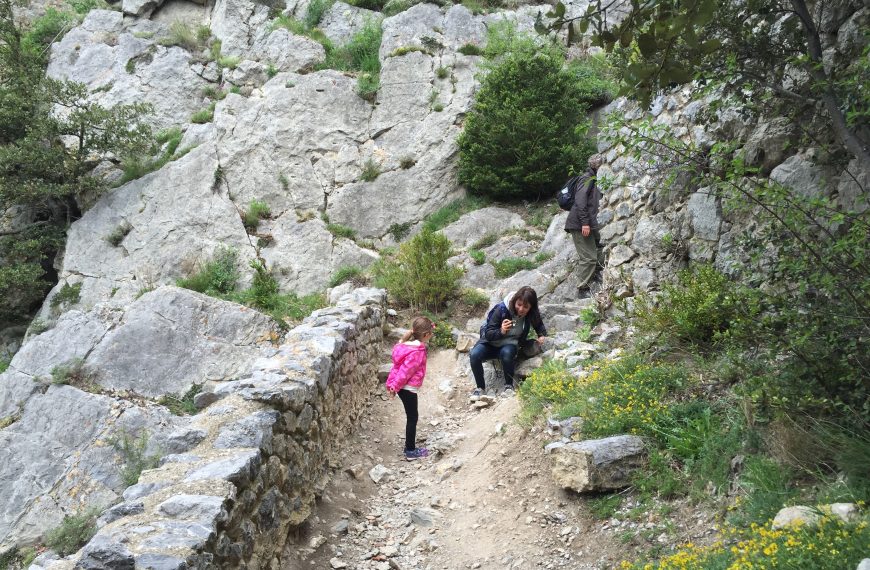
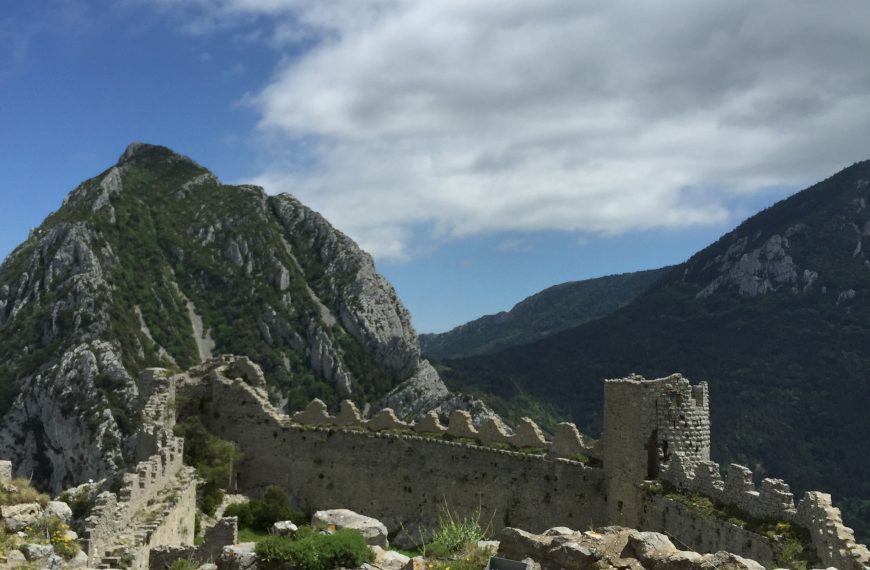
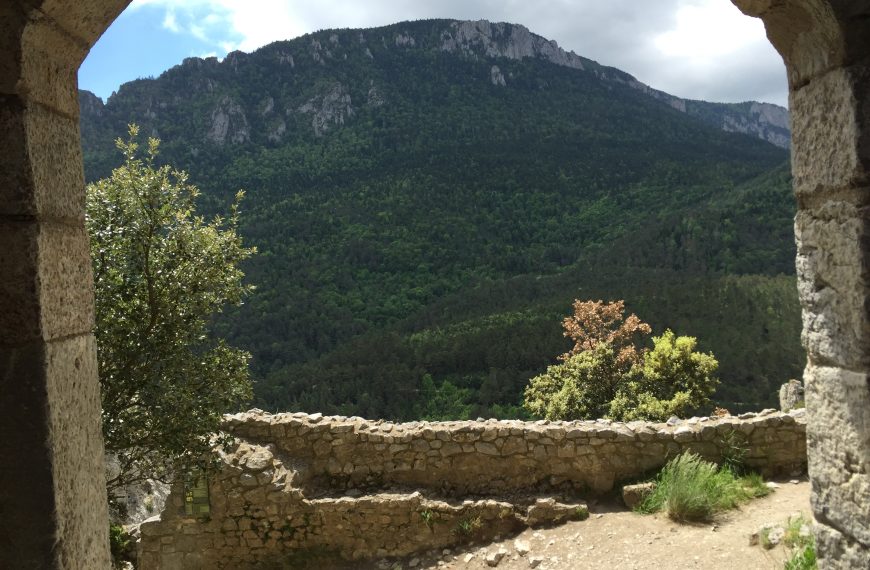
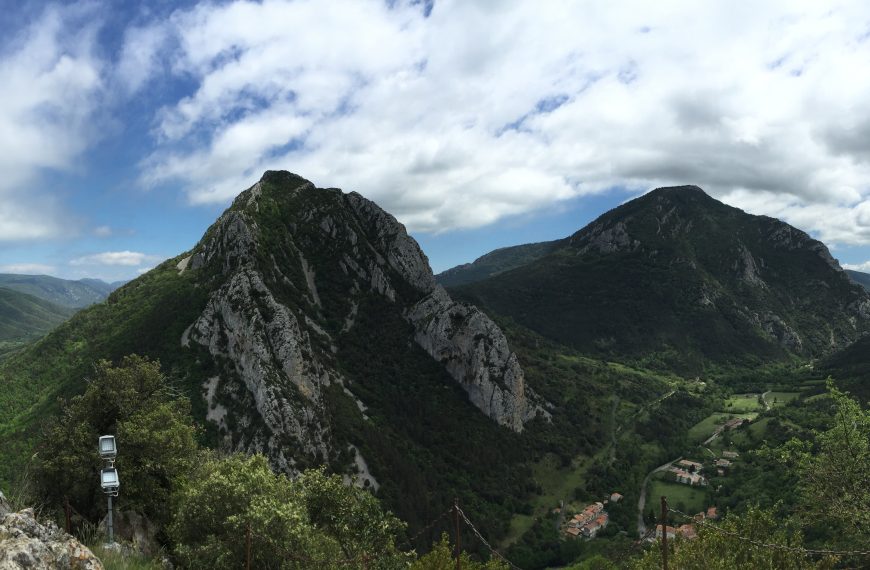
Montségur is a historic village in the Ariège department of the Occitanie region in southern France. It is most famous for the Château de Montségur, a fortress perched on a rocky peak known as a “pog,” which played a significant role in the history of the Cathars, a Christian dualist sect considered heretical by the Catholic Church. Here’s an overview of the history of Montségur:
Early HistoryPrehistoric and Roman Times:
The site of Montségur has been inhabited since prehistoric times. Artifacts and remains indicate that the area was also occupied during the Roman period.
The Cathar Stronghold
Catharism: The Cathars were a religious group that emerged in the Languedoc region in the 12th century. They believed in a dualistic theology that emphasized a stark contrast between the spiritual realm of light and the material world of darkness. This belief system was in direct opposition to the teachings of the Catholic Church, leading to the Cathars being labeled as heretics.
Building the Fortress: In the early 13th century, the Cathars constructed the fortress of Montségur atop the rocky peak, making it a nearly impregnable stronghold. The castle served as a refuge for Cathar believers and a center for their religious activities.
The Albigensian Crusade
The Crusade Begins: In 1209, Pope Innocent III launched the Albigensian Crusade to eradicate Catharism. This brutal military campaign was marked by widespread violence and massacres.
Siege of Montségur: Montségur became a symbol of Cathar resistance. In May 1243, the fortress was besieged by the forces of the French king and the Catholic Church. The siege lasted for ten months, during which the defenders and inhabitants endured harsh conditions.
The Fall of Montségur
Surrender and Massacre: In March 1244, the besieged inhabitants of Montségur were forced to surrender. Around 200 Cathars who refused to renounce their faith were burned alive in a mass execution at the foot of the pog. This tragic event is known as the “Prat dels Cremats” (Field of the Burned).
End of Catharism: The fall of Montségur marked the end of organized Cathar resistance. The remaining Cathars were systematically hunted down and persecuted by the Inquisition.
Post-Cathar Period
Reconstruction: After the fall of the Cathar stronghold, the fortress was partially rebuilt and used as a royal garrison. However, it gradually lost its military significance and fell into ruin over the centuries.
Historical Interest: In the 19th and 20th centuries, interest in the Cathar history of Montségur was revived. The site became a symbol of resistance and martyrdom, attracting historians, archaeologists, and tourists.
Modern Montségur
Tourism and Heritage: Today, Montségur is a popular tourist destination, drawing visitors interested in medieval history, the Cathar legacy, and the stunning natural scenery of the Pyrenees.
The Château de Montségur: The ruins of the fortress are accessible via a steep hiking trail, offering panoramic views of the surrounding landscape. The site includes interpretive displays and information about the history and significance of the fortress.
Museum: The village of Montségur has a small museum that exhibits artifacts from the site and provides context about the Cathar period and the siege of Montségur.
Montségur stands as a poignant reminder of the turbulent history of the Cathars and the dramatic events of the Albigensian Crusade. Its historical and cultural significance, combined with its breathtaking location, makes it a unique and compelling destination.
The Features on Site
Opening Times & Prices
Opening Times
Monday : 10 am - 7 pm
Tuesday : 10 am - 7 pm
Wednesday : 10 am - 7 pm
Thursday : 10 am - 7 pm
Friday : 10 am - 7 pm
Saturday : 10 am - 7 pm
Sunday Saturday : 10 am - 7 pm
Prices
Non guided tours
Individuals in low season
• Adults (from 16 years old): 5.50 €
• Children (from 8 to 15 years old): 3 €
• Members of an association approved by the municipality, unemployed, students, disabled people (1): € 4.50
• Children under 8, journalists and MINCULT agents (on presentation of the professional card), escorts and group drivers (20 paying tickets): free
Related Castles
City of Carcassonne
Discover the enchanting world of the Carcasonne’s Castle, where history, mystery, and beauty converge. Whether you’re a history buff, a lover of legends, or simply...
Read MoreMontsegur Castle
Primarily, the Puilaurens Castle functioned as a fortified refuge and defensive stronghold. It played a significant role during the Albigensian Crusade as a refuge for...
Read MorePeyrepertuse’s Castle
The Peyrepertuse Castle served primarily as a fortress, providing defensive capabilities and control over the surrounding territory. Its strategic location allowed it to serve as...
Read More
